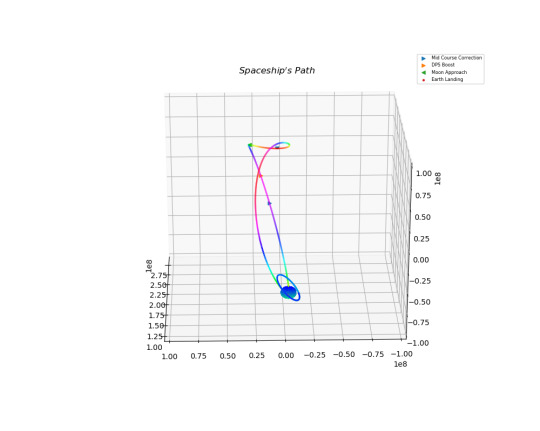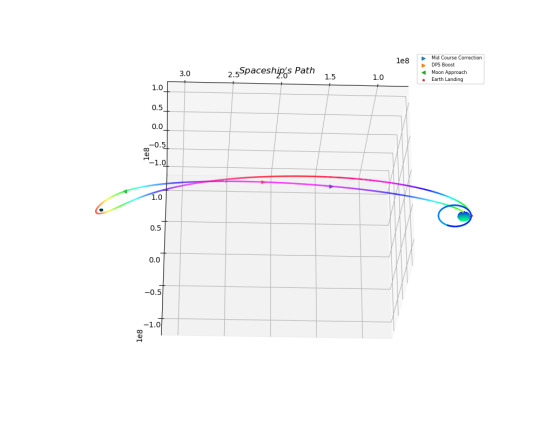Don't wanna be here? Send us removal request.
Text

I liked this version, but the link I was using it from for my online Resume was taken down. Posting so I can use it again.
0 notes
Photo




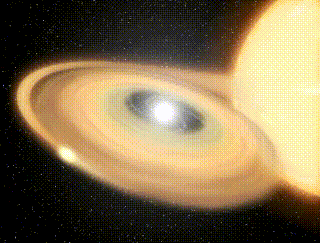



0 notes
Photo


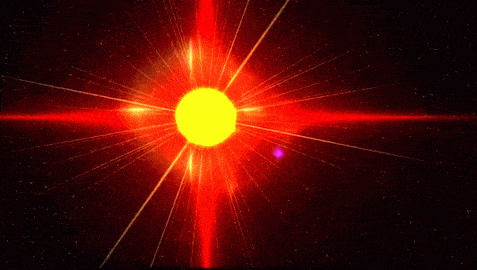
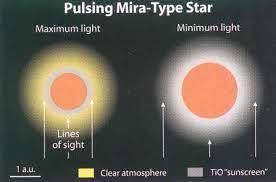
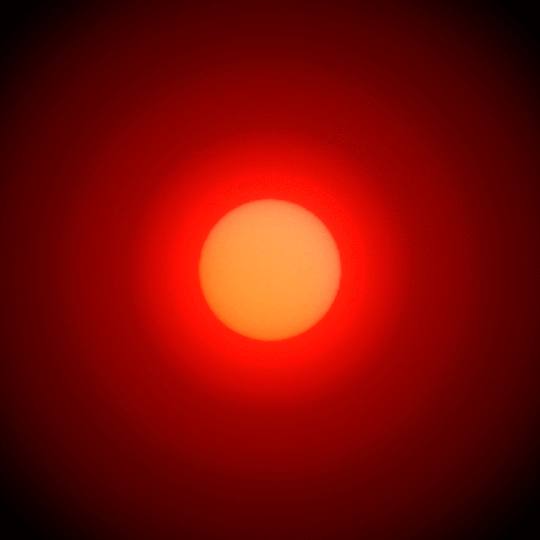


The final periods and amplitudes from the single-term fourier fits for the 29 kept Mira variables are plotted against one another. The best-fitting logarithmic function is imposed overtop the data.
Had we been able to use more of the Mira files confidently, or had access to a larger dataset by other means, it is possible that a trend might appear that would not be visible with the low amount of data, although this potential outcome is by no means certain. It is likewise possible that there simply is no distinguishable relationship between the period and amplitude of Mira variables. Since we cannot make a definite determination on the relationship between amplitude and period for all Mira variables, we cannot provide any new information to the debate over the pulsation mechanism for this class of stars. If it were found that the amplitude and period were in fact independent of one another, this would allow us to speculate on the pulsation method and possibly rule out certain pulsation theories.
4 notes
·
View notes
Photo








The Little Sombrero Galaxy as seen through the 14” Celestron SCT using the Astrodon Photometrics Generation 2 Sloan Filters g’ and r’ at the University of Maryland College Park Astronomy Observatory.
Although it is expected that blue light should be prevalent in a spiral galaxy due to the ongoing star formation happening in the disk, we failed to consider the fact that NGC 7814 is viewed edge-on from Earth when writing our hypothesis. The geometry of an edge-on galaxy minimizes the amount of blue light that we receive, since most of the disk is not visible. Blue light is primarily found in the disk, which is obscured due to the fact that NGC 7814 is an edge-on galaxy. If we were to look at a galaxy that is viewed face-on, the intensity in shorter wavelength filters would be much stronger as the entire face of the disk is visible.
Furthermore, we failed to consider the effects of interstellar dust when viewing the galaxy through the filters. The interstellar medium is filled with dust grains that are similar in size to the wavelength of blue light. When light travels through the dust, blue light is more often scattered and absorbed by the interstellar dust in a process called interstellar reddening. The result is that a portion of the blue light being emitted by the galaxy will not be observed, making the objects we see appear redder than they actually are. This has profound effects on our analysis, since most of the light we see are actually of longer wavelengths. The g’ filter only allowed the transmission of shorter wavelengths, so when NGC 7814 was viewed through the g’ filter, a limited amount of light was getting through the filter since most of the light consisted of longer wavelengths rather than short wavelengths. In contrast, the r’ filter allowed the transmission of longer wavelengths, and therefore had a higher flux, as proven by our analysis using aperture photometry.
1 note
·
View note
Photo

Final shot of the eiffel tower built by the engineering students and I at HCC in 3 days
0 notes
Photo



Just a few of the pages of my design plan to install solar panels I purchased to go on my grandmother’s house.
0 notes
Photo








Electronics housing pressure vessel designed to be submersible 5000m below sea level with supports and bolts passing a 2 ft. drop test. Von Mises yield criterion were calculated for a pill shaped pressure vessel made of Toray composite carbon fiber to determine an adequate thickness for the external pressure 5000m below sea level.
2 notes
·
View notes
